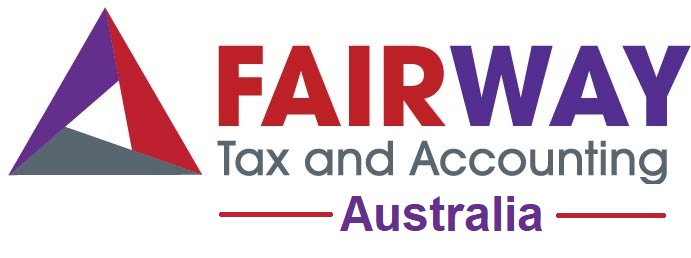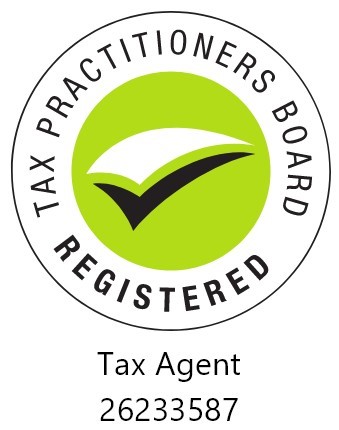UK Budget Autumn 2024
Tax Planning Opportunity: Temporary Repatriation Facility
Overview
The UK Autumn Budget on 30 October 2024 confirmed the previously announced plans to remove the concept of non-domiciles and the associated Remittance Basis of income taxation in the UK from 6 April 2025.
The Remittance Basis will be replaced by the Foreign Income and Gains “FIG” regime, but current non-UK domiciled taxpayers who have been UK-resident since before 22-23 UK tax year will not qualify for the FIG regime and so will be subject to UK tax on their worldwide income and gains from 6 April 2025.
However, amongst the current non-UK domiciled residents there will be taxpayers who have claimed the Remittance Basis in previous UK tax years and have unremitted foreign income or gains.
These taxpayers may wish to have access to their unremitted foreign income or gains in the UK; perhaps there is a need for some extra funds to buy a new car or perhaps they have decided to stay in the UK and wish to reduce their overseas holdings. This is where the new Temporary Repatriation Facility can come into play. It provides a limited-time opportunity to bring the unremitted income and gains to the UK at a reduced tax rate.
How Does the Temporary Repatriation Facility Work?
For the tax years 2025-26, 2026-27 and 2027-28 the taxpayer may choose to make a “designation election” in their UK self-assessment tax return to designate qualifying overseas capital, which represents previously unremitted foreign income and gains, that arose in a year (2024-25 or earlier) in which the taxpayer claimed the Remittance Basis in their tax return.
Where that election is made, and providing the designated qualifying overseas capital meets the qualifying conditions, the tax charge on bringing that qualifying capital to the UK will be limited to:
- 12% for 2025-26 or 2026-27 and
- 15% for 2027-28
If the designation election is not made, then the situation will remain as it currently stands, so that where a taxpayer remits previously unremitted foreign income and gains (that arose in a year when the taxpayer claimed the Remittance Basis) to the UK, the remittance will be taxed at the taxpayer’s marginal income tax rate in the year of the remittance.
So, for a higher-rate taxpayer, the Temporary Repatriation Facility represents a potentially significant tax saving on bringing foreign income and gains to the UK.
What is Qualifying Overseas Capital?
Qualifying Overseas Capital can be:
- Income or gains that arose in 2024-25 or an earlier year that have not been remitted to the UK but if remitted would be subject to UK income tax or CGT
- Income or gains that arose in 2024-25 or an earlier year that is remitted in 2025-26, 2026-27 or 2027-28 and without the designation election would be subject to income tax or CGT as a remittance
- An amount of capital held by the taxpayer on 6 April 2025 and held outside the UK from the period starting immediately prior to the taxpayer acquiring it to 6 April 2025
It can also include capital payments the taxpayer receives from a non-resident trust as a beneficiary in 2025-26, 2026-27 and 2027-28, which would normally be attributed to the beneficiary and on which they would be assessed to CGT under the current legislation.
Example
Jennifer is an Australian-national who moved to the UK in 2020-21. She initially only planned to remain in the UK for 2 years but has settled in the UK and wishes to remain in the UK indefinitely now.
Jennifer’s former home in Australia is let to tenants and she has been receiving rental profit of approx. £10,000 per annum from 2020-21 to 2024-25. Jennifer does not remit her foreign income to the UK and claimed the Remittance Basis in each of her self-assessment returns from 2020-21 to 2024-25.
Having decided to remain in the UK, Jennifer is keen to buy a house in the UK and has decided to transfer funds from her Australian bank account in the 2025-26 tax year to assist with the deposit on her new UK home.
Jennifer decides to transfer £100,000 from her Australian bank account to the UK. This comprises capital that arose prior to Jennifer becoming UK-resident and £50,000 rental profit that arose from 2020-21 to 2024-25.
Jennifer’s annual UK gross employment income is £130,000.
Jennifer chooses to make a designation election in her 2025-26 tax return under the Temporary Repatriation Facility in respect of the £50,000 rental income. As a result, she pays a £6,000 (£50,000 x 12%) tax on the funds remitted to the UK.
If Jennifer had not made the designation election, she would have paid 45% tax on the remittance of the rental profit, i.e. £22,500.
So, the Temporary Repatriation Facility has allowed Jennifer to save £16,500 on bringing the rental profit to the UK to fund her UK home purchase.
Summary
Provided that it is enacted in its current form, from April 2025 the Temporary Repatriation Facility will provide a short-term tax-planning opportunity for previously non-domiciled taxpayers who remain UK-resident and claimed the Remittance Basis in 2024-25 or earlier years, to bring their previously unremitted foreign income and gains to the UK at a fixed low tax-rate.
The legislation has not been enacted yet, so it could still change. Once enacted, Fairway Tax and Accounting would be keen to assist our clients who wish to use this facility.
To find out more email Joanne Lamberth at joanne@fairwaytax.com.au



